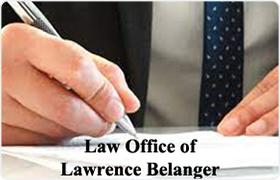Muldraugh Bankruptcy & Debt Lawyer, Kentucky
Sponsored Law Firm
-
 x
x

Click For More Info:
-
Law Office of Lawrence Belanger
101 North 7th St Louisville, KY 40202» view mapBankruptcy & Debt Decades Of Experience
Filing for bankruptcy can be complicated, but it doesn't have to be. Attorney Lawrence Belanger helps his clients every step of the way.
800-872-6030
Kimberly Lynne Musselwhite-Staples
Divorce & Family Law, Criminal, Bankruptcy, Bankruptcy & Debt
Status: In Good Standing
 Lawrence Belanger Louisville, KY
Lawrence Belanger Louisville, KY Practice AreasExpertise
Practice AreasExpertise
